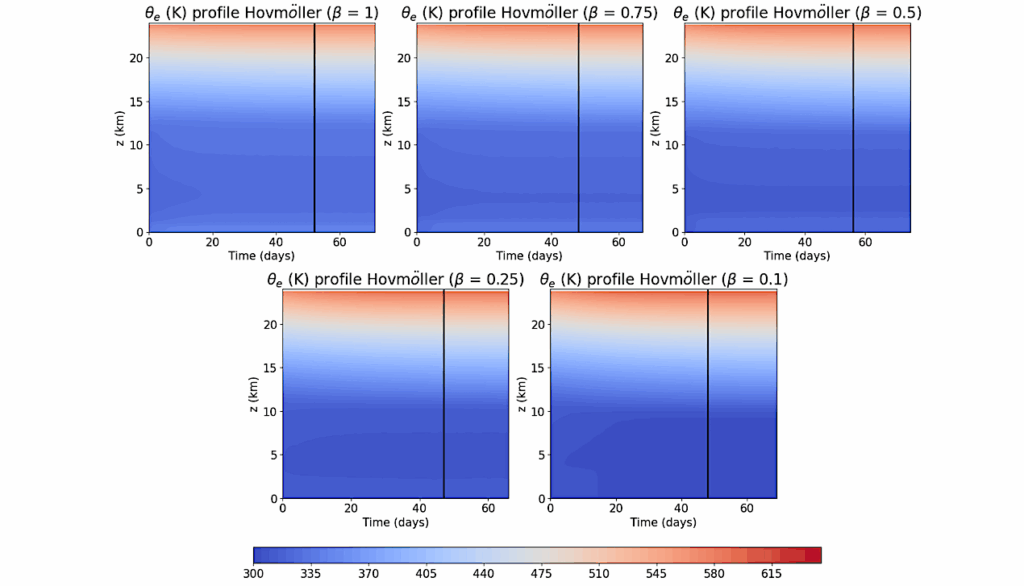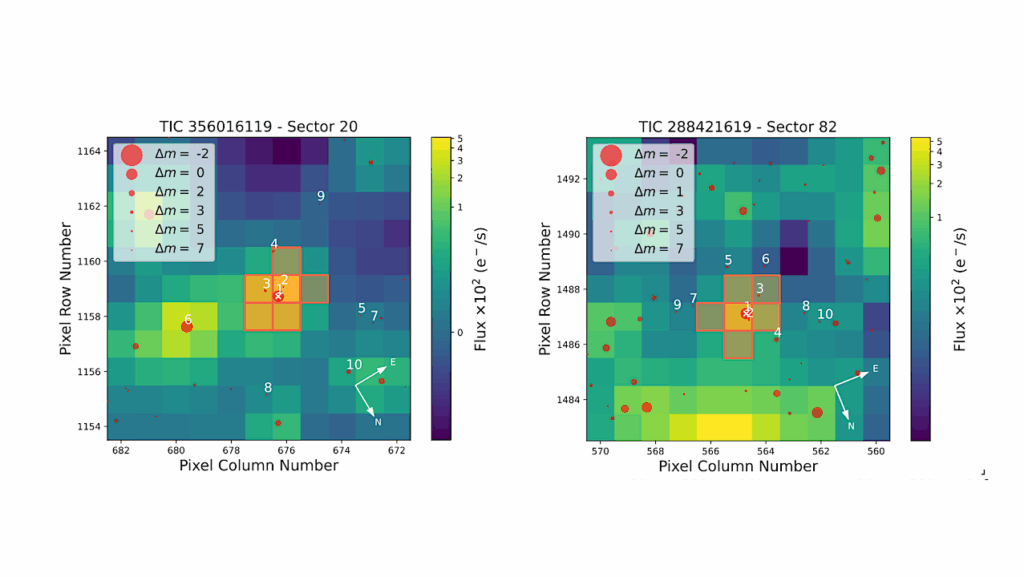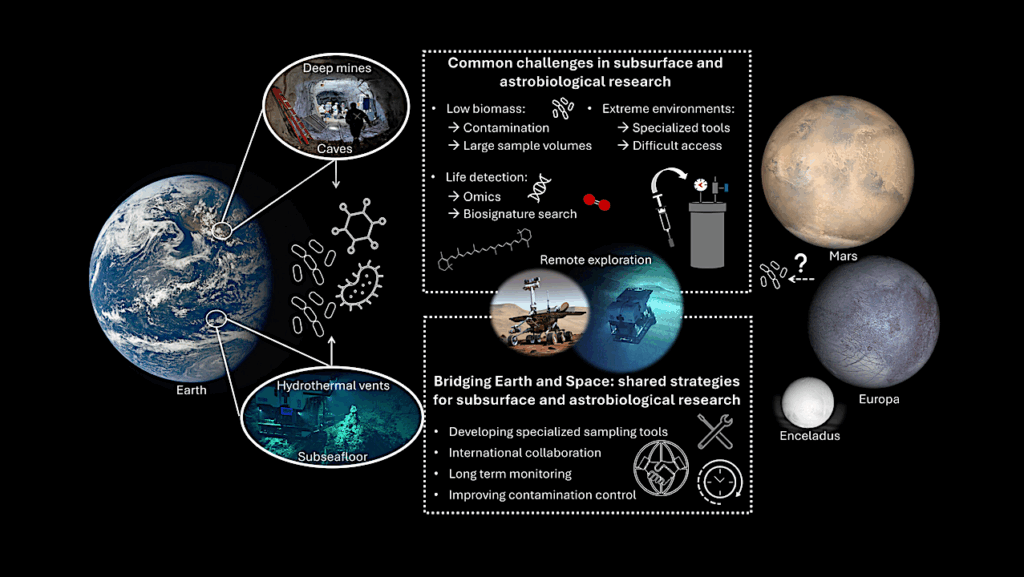Differences in water vapor radiative transfer among 1D models can significantly affect the inner edge of the habitable zone

An accurate estimate of the inner edge of the habitable zone is critical for determining which exoplanets are potentially habitable and for designing future telescopes to observe them.
Here, we explore differences in estimating the inner edge among seven one-dimensional (1D) radiative transfer models: two line-by-line codes (SMART and LBLRTM) as well as five band codes (CAM3, CAM4_Wolf, LMDG, SBDART, and AM2) that are currently being used in global climate models. We compare radiative fluxes and spectra in clear-sky conditions around G- and M-stars, with fixed moist adiabatic profiles for surface temperatures from 250 to 360 K. We find that divergences among the models arise mainly from large uncertainties in water vapor absorption in the window region (10 um) and in the region between 0.2 and 1.5 um. Differences in outgoing longwave radiation increase with surface temperature and reach 10-20 Wm^-2; differences in shortwave reach up to 60 Wm^-2, especially at the surface and in the troposphere, and are larger for an M-dwarf spectrum than a solar spectrum. Differences between the two line-by-line models are significant, although smaller than among the band models.
Our results imply that the uncertainty in estimating the insolation threshold of the inner edge (the runaway greenhouse limit) due only to clear-sky radiative transfer is ~10% of modern Earth’s solar constant (i.e., ~34 Wm^-2 in global mean) among band models and ~3% between the two line-by-line models. These comparisons show that future work is needed focusing on improving water vapor absorption coefficients in both shortwave and longwave, as well as on increasing the resolution of stellar spectra in broadband models.
Jun Yang, Jeremy Leconte, Eric T. Wolf, Colin Goldblatt, Nicole Feldl, Timothy Merlis, Yuwei Wang, Daniel D.B. Koll, Feng Ding, Francois Forget, Dorian S. Abbot
(Submitted on 5 Sep 2018)
Comments: 25 pages, 1 table, and 10 figures
Subjects: Earth and Planetary Astrophysics (astro-ph.EP)
Journal reference: The Astrophysical Journal, 826:222, 2016;
DOI: 10.3847/0004-637X/826/2/222
Cite as: arXiv:1809.01397 [astro-ph.EP] (or arXiv:1809.01397v1 [astro-ph.EP] for this version)
Submission history
From: Jun Yang
[v1] Wed, 5 Sep 2018 09:17:06 GMT (1887kb)
https://arxiv.org/abs/1809.01397
Astrobiology








